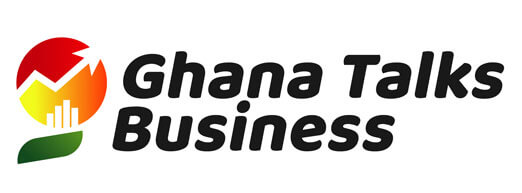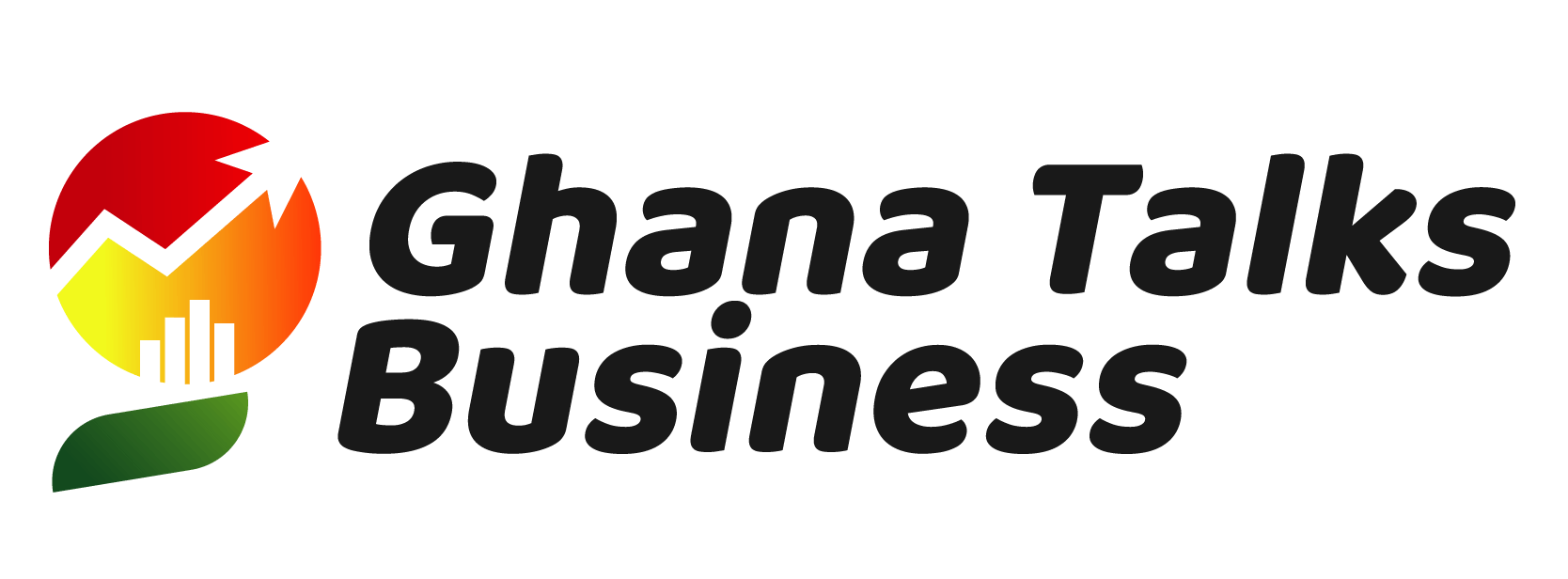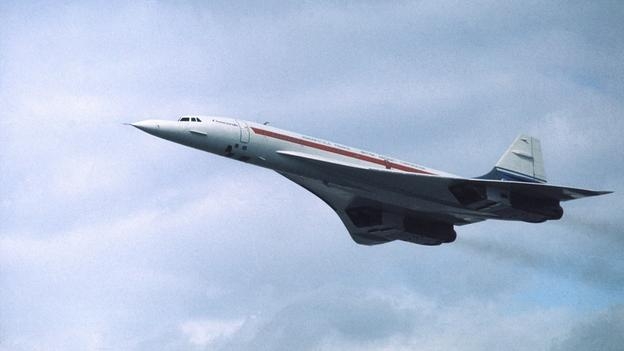
It was the ultimate airliner. From 1976 until its retirement in 2003, few things in life signified luxury quite so much as a flight on Concorde. It could whisk around 100 people – paying over £4,000 a seat – for a two-hour trans-Atlantic trip at speeds faster than that of a rifle bullet. It was a remarkable achievement of engineering.
The whole aircraft was revolutionary, and it presented unique challenges to the designers and test pilots. The Concorde’s delta wing design borrowed the form of much smaller jet fighter aircraft in order to achieve its dazzling speed, while the airliner had a moving cockpit that sloped forward for landing, and assumed that classic needle-nosed shape as it sped towards its cruising speed of Mach 2.
I recently discovered some gems from the BBC radio archive, unearthed as part of the 50th anniversary of Science in Action on the BBC World Service, which provide a fascinating insight into the aircraft’s development at the time. The first clip is from 1969, the year the plane made its first test flight, and so it was one of the first times we heard its signature roar. Captain James (Jimmy) Andrew, flight-development manager for Concorde at BOAC, gave his first impressions of handling the still-experimental design, in particular whether there were any problems approaching Mach 1.
Apparently, Concorde “handled very well” and was easier to fly than other aircraft such as the Boeing 747. It is “a pilot’s plane, but also a passenger’s plane”, according to Andrew, and Concorde did turn out to be a favourite, at least for those who could afford it. Passengers may have enjoyed a choice of four different champagnes to wash down a sumptuous three-course meal, but if you think Concorde’s interior was the height of sophistication, think again. Compared to your average Airbus, Concorde was decidedly cramped.
As Captain Andrew explains, instruments on the plane were reasonably conventional, with some newer “pretty fancy” ones, even computerised ones, to be installed soon. Ten years later, Science in Action went back to look at these hi-tech upgrades. In 1979 (three years after Concorde went into service), interviewer Arthur Garratt saw the highly advanced (for the time) INS, or Inertial Navigation System, in action. This allowed aircraft to calculate where they were, and how fast they were going. This was years ahead of GPS satellite navigation, which we all take for granted now (many of us, after all, have it on our smartphones).
Concorde was retired in 2003, a few years after the fleet’s sole fatal accident, when one craft crashed soon after taking off from Paris. However, the legacy of the needle-nosed airliner lives on. Engineers are striving to develop supersonic passenger transport that will finally deliver on the promise of a London to New York trip in an hour, though in a less-expensive, less-polluting, less-noisy fashion.
But before we start dreaming of this far-off future, let us enjoy these cutting-edge moments from our aeronautical past.
Source: BBc




